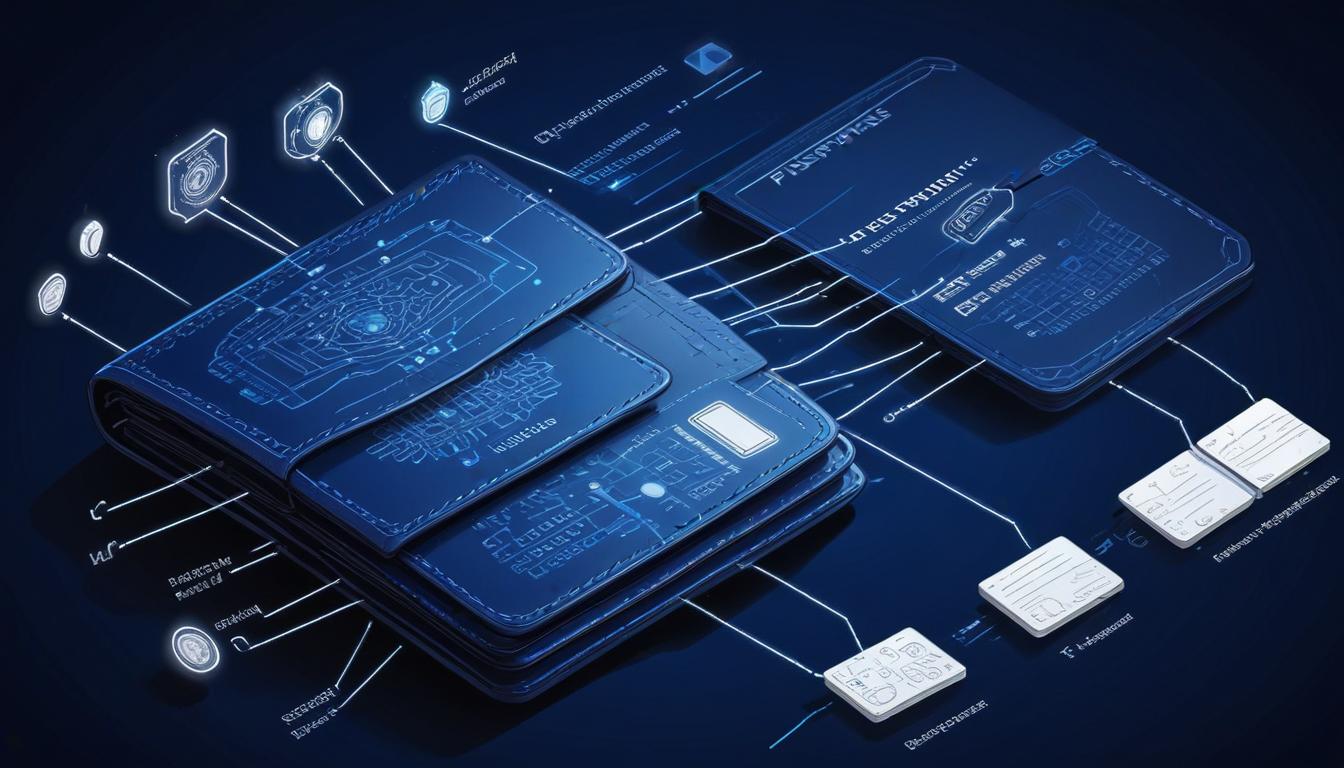The concept of wallet passphrases represents one of the most powerful yet commonly misunderstood security features in Bitcoin custody. This additional security layer builds upon the fundamental seed phrase system to create an extraordinarily flexible and robust method of protecting digital assets. Understanding how passphrases work requires delving into both the technical implementation and practical implications of this critical security feature.
The foundation of modern Bitcoin wallet security rests on hierarchical deterministic (HD) wallet architecture, which generates all addresses from a single seed. This seed, typically represented as 12 or 24 words, serves as the primary key to accessing funds. However, the passphrase feature, sometimes called the ’25th word,’ introduces an additional layer of complexity that fundamentally alters the mathematical derivation of addresses and keys.
When a passphrase is applied to a seed, it creates an entirely new and separate wallet through a process of cryptographic transformation. This transformation occurs through the HMAC-SHA512 algorithm, which combines the seed with the passphrase to generate a completely different master private key. Each unique passphrase creates its own distinct wallet, with its own set of addresses and private keys, all derived from the same original seed phrase but producing entirely different results.
The implications of this architecture are profound for both security and practical applications. Since each passphrase generates a completely separate wallet, users can create multiple independent wallets from a single seed phrase. This enables sophisticated security strategies like plausible deniability, where users can maintain multiple wallet layers with varying amounts of funds, each accessible only with its specific passphrase.
The security benefits of passphrases extend beyond mere access control. Unlike seed phrases, which must conform to the BIP39 word list, passphrases can be any combination of characters, making them potentially more resistant to brute force attacks. Additionally, since passphrases are never stored on hardware wallets and must be re-entered after each device restart, they provide protection against physical device theft or compromise.
From a practical perspective, implementing passphrases requires careful consideration of backup and recovery procedures. While the seed phrase can be backed up using traditional methods like steel plates or paper storage, the passphrase must be secured separately to maintain security. This separation of security elements creates a true two-factor authentication system, where an attacker would need both the seed phrase and the passphrase to access funds.
The flexibility of the passphrase system allows for creative security solutions. Users can implement tiered access systems, where different passphrases access wallets with varying amounts of funds. This can be particularly useful for creating ‘decoy’ wallets that could be revealed under duress while keeping the majority of funds secured behind a different passphrase. The system also enables the creation of emergency recovery wallets, accessible by trusted parties who possess both the seed phrase and a predetermined passphrase.
Hardware wallet implementations of passphrases have evolved to provide robust security while maintaining usability. Modern devices offer features like temporary passphrase sessions, allowing users to access passphrase-protected wallets without storing the passphrase on the device. This approach balances security with convenience, enabling regular access to funds while maintaining the security benefits of the passphrase system.
The relationship between passphrases and wallet software requires careful attention to detail. When connecting hardware wallets to software interfaces, users must ensure they’re accessing the correct passphrase-derived wallet. This involves properly importing public keys and verifying addresses to prevent confusion between different passphrase-derived wallets.
Looking to the future, the passphrase system continues to evolve with the Bitcoin ecosystem. Advanced features like multi-signature setups can be combined with passphrases to create increasingly sophisticated security arrangements. As hardware wallet technology advances, we may see new innovations in how passphrases are implemented and managed, potentially including biometric integration or other novel security mechanisms.
In conclusion, the passphrase feature represents a cornerstone of modern Bitcoin security architecture. Its implementation provides a powerful tool for creating layered security systems while maintaining the simplicity of seed-based wallet recovery. Understanding and properly implementing passphrases is crucial for anyone serious about securing their Bitcoin holdings, whether for personal use or institutional custody solutions.



